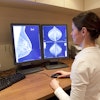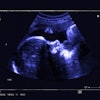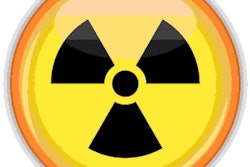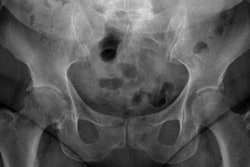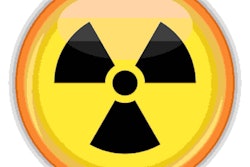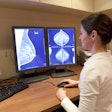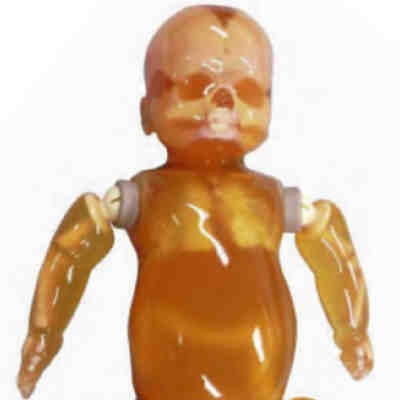
Radiation doses to neonates undergoing chest x-rays can be significantly reduced by using a high kilovoltage technique, according to a study using anthropomorphic phantoms published June 21 in Radiation Physics and Chemistry.
An international team of researchers simulated a neonate undergoing digital chest x-ray using different kilovoltage peak (kVp) settings and acquisition times. They found that using a high kVp technique resulted in a 40% drop in radiation exposure while maintaining adequate image quality.
"The high kVp technique is a potential strategy to optimize radiation dose in [anteroposterior] chest x-ray for neonates," wrote corresponding author Dr. Wiam Elshami, an assistant professor of medical diagnostic imaging at the University of Sharjah in the United Arab Emirates.
Chest radiography is the most often used radiological modality in neonatal intensive care units. The goal is to ensure a radiation dose no higher than needed in these patients, while maintaining image quality to diagnose potential findings.
This requires adjusting the voltage in the machine's x-ray tubes (kVp) as well as the time used to acquire quality images, as measured in milliampere seconds (mAs). Increasing voltage can lower mAs (exposure time), but also reduces image quality. Current guidelines for pediatric patients undergoing anteroposterior (AP) chest x-rays recommend between 60-80 kVp and between 1-2 mAs.
However, no specific recommendations have been developed for neonates, who are at higher risk of radiation exposure due to their likelihood of readmission and subsequent exams, the authors wrote.
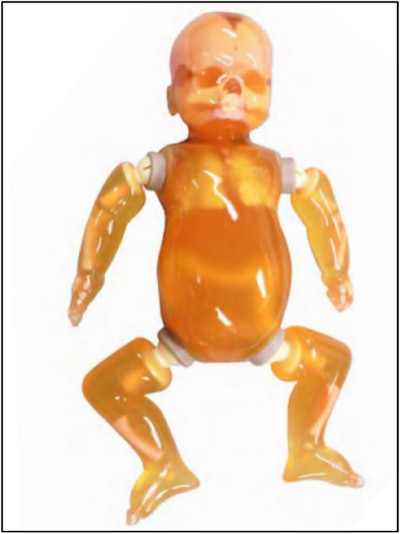 A newborn whole-body phantom.
A newborn whole-body phantom.In this study, Elshami and colleagues used a newborn phantom they developed to simulate a neonate undergoing chest x-rays at the University of Sharjah's Medical Imaging Laboratory. The phantom mimics a newborn patient, with a height and weight of 50.9 cm and 2.4 kg.
The radiation dose area product (DAP) was recorded in the image DICOM header, while image quality was determined by three radiologists who evaluated the images in four regions of interest (ROIs) within the phantom's lungs. The researchers measured DAP at 40, 50, 60, and 70 kVp.
The optimization of kVp and mAs had a significant effect on reducing patient radiation dose, the authors found. The mean DAP decreased by 26.7% when kVp was increased from 40 to 50, and then by 22.9% at 60 kVp and by 40.3% at 70 kVp, according to the findings.
The effective radiation dose to patients at 40 kVp ranged from 0.13 to 0.23 µSv while effective dose at 70 kVp ranged between 0.08 to 0.17 µSv. In addition, there were no significant differences in the quality of the images, as determined by a scoring system used by the evaluating radiologists.
"The use of high KVp provides a considerable radiation dose reduction while maintaining image quality," the authors wrote.
Ultimately, although this was an experimental study that used a phantom, which limited image evaluation, the study highlights the need for analyzing neonate patient images and calculating risks from different exposures to ensure safe practice, the authors noted.
"The radiation dose to patients should always be kept as low as possibly achievable (ALARA) while providing an adequate image quality to support proper diagnosis and course of treatment," Elshami and colleagues concluded.

